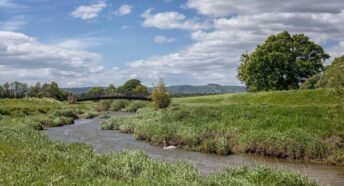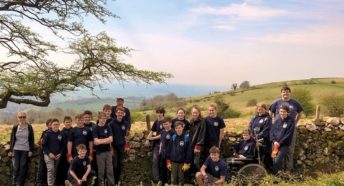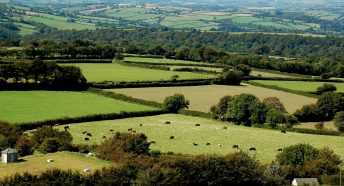The story of England’s National Parks
This year marks 70 years since the legislation to create our first National Parks was passed. The National Park and Countryside Act 1949 was a visionary piece of legislation that created a network for protected landscapes for the nation to enjoy.
Our National Parks now attract more than 100 million visitors a year, provide a haven for nature, and allow people from all over the UK and beyond to connect with their incredible natural beauty, tranquillity and recreation opportunities. It’s hard to imagine what the English countryside would look like without the protections afforded to places such as Exmoor, the Peak District, and the South Downs.
But it was never a given that these areas would be protected, and it took years of dogged campaigning from CPRE and other organisations, and visionary campaigners from across the conservation movement. This is the story of how these special landscapes became protected places for everyone to enjoy.
1810
Wordsworth’s Guide to the Lakes, described the Lake District as ‘a sort of national property in which every man has a right and interest, who has an eye to perceive and a heart to enjoy’.
1908
Reviving James Bryce’s Scotland-focused Access to Mountains Bill (first introduced in 1884), Charles Trevelyan MP – the husband of Mary Bell, who was to go on to be one of the founders of CPRE – extended the scope of the proposed legislation to cover England and Wales. ‘The Cumberland Lake District is a free paradise for hundreds and thousands of men and women scattered over England to whom the freedom of these hills was one of the chief joys and benefits of their life.’
Trevelyan pledged his new Bill would ‘open the mountains to everyone who wanted to go there for recreation, health, and scientific purposes’, arguing it was people’s ‘elementary right to know, to frequent, and to learn to love all that was wild, magnificent, and beautiful in this various and pleasant land.’
Though the Bill did not make it into law, future Labour leader Ramsay MacDonald urged the House of Commons to ‘recognise the national right of the population to enjoy national scenery. The mass of the people of this country, whether they live in town or in the country, has a right to enjoy wild, uncultivated, and unspoiled nature’.
1925
After visiting North America’s National Parks, Lord Bledisloe – who later founded CPRE Gloucestershire – proposed the Forest of Dean as a National Park which would not only be a ‘beautiful sanctuary’ for wildlife, but also provide the ‘most perfect holiday resort for persons of all classes engaged in strenuous work’.
1926
Patrick Abercrombie’s The Preservation of Rural England called for ‘a bold and wide policy’ for ‘the creation of a series of National Parks’ for the ‘preservation of “wild country”’.
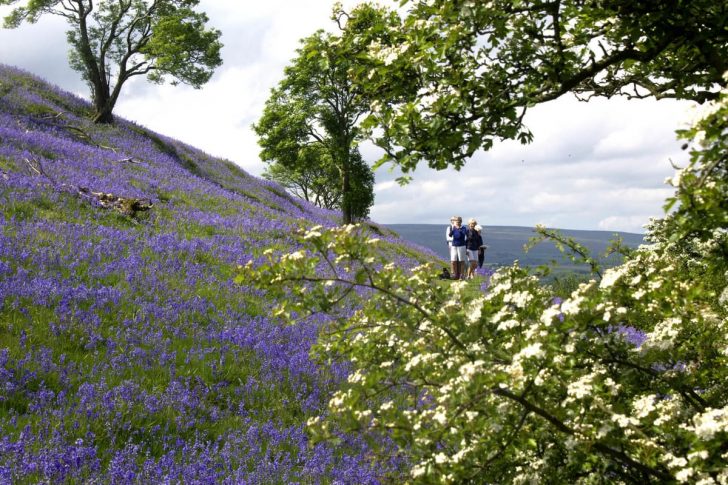
1927
CPRE’s first annual report suggested that National Parks could be a potential ‘remedy for the desecration of the countryside’ if ‘secured for the public.’
1929
Prime minister Ramsay MacDonald set up a National Parks Committee in response to CPRE’s suggestion. Abercrombie and the geographer Vaughan Cornish gave evidence for CPRE, prioritising ‘accessibility by the mass of the people’ and highlighting the potential ‘value for the recreational instruction of the young’.
1932
At the time of Kinder Scout trespass, an act of wilful trespass by ramblers to highlight the fact that walkers in England and Wales were denied access to areas of open country, a detailed report, Access to the Moorlands in the Peak District, was being prepared by CPRE’s Phil Barnes, calling for increased access to benefit the people of Manchester and Sheffield.
Launching CPRE’s report in 1933, Sir Lawrence Chubb, secretary of the Commons, Open Spaces and Footpaths Preservation Society, said: ‘True patriotism is born when a man or woman learns to love their country, and that country cannot be fully loved until it is known, and known with that intimate knowledge which can only be gained by personal contact with, and observation of, the natural homeland.’
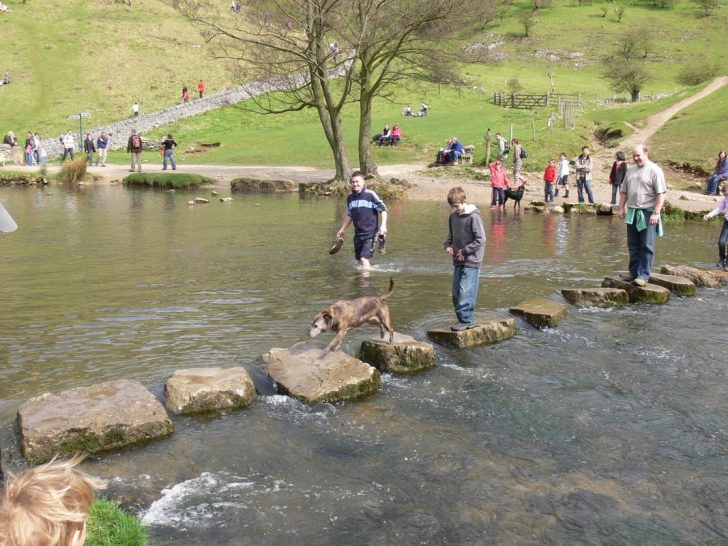
1935
A Westminster Hall conference resolved that CPRE would set up a Standing Committee on National Parks (SCNP, now known as the CNP – Campaign for National Parks). Patrick Abercrombie, in the chair, ventured the state should fund the creation of National Parks, arguing that ‘some of the most beautiful country is almost the cheapest land, and more liable to be bought up and spoiled’.
1938
CPRE commissioned a six-minute film to be shown in cinemas, Rural England: The Case for the Defence. The film’s language of fighting for freedom became hugely poignant with the outbreak of war during 1939.
Later that year, one young soldier wrote to CPRE, begging them to continue their campaign for National Parks: ‘Whatever damage might be done by enemy action, I do not wish to return and find destruction of our own creation.’
1947
The Hobhouse Committee – including CPRE’s Ethel Haythornthwaite, Clough Williams-Ellis and Lord Chorley – made the final recommendations for the creation of National Parks.
1949
Planning minister Lewis Silkin proudly introduced an unopposed Second Reading of the National Parks and Access to the Countryside Bill: ‘Now at last we shall be able to see that the Lakes, the moors and dales of the Peak, and the tors of the west country belong to the people as a right and not as a concession. This is not just a Bill. It is a people’s charter – a people’s charter for the open air.’
The Act received Royal Assent on 16 December 1949, establishing the National Parks Commission and a Central Rights of Way Committee, which CPRE pledge to help protect and enhance ‘the intricate system of country footpaths, which has hitherto been one of the most valuable and distinctive characteristics of the English countryside’.
Herbert Griffin – who had led CPRE’s National Parks campaign since the 1920s – was appointed a National Parks Commissioner, and helped create seven National Parks within a decade, starting with the Peak District in 1951. Griffin received a Knighthood in 1957, followed by the prestigious Van Tienhoven prize for Europe’s leading conservationist, in 1960.
1989
The Broads in Norfolk is designated a National Park.
2005
The New Forest becomes a National Park, the first to be designated as such for its wildlife, rather than landscape value.
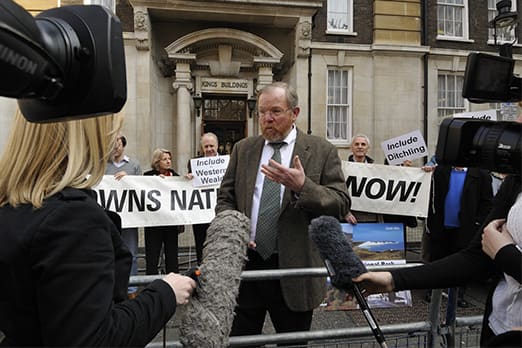
2009
After a 90-year CPRE campaign, a South Downs National Park was finally given the go-ahead. As CPRE President, Bill Bryson led the final stage of the campaign – for the inclusion of the Western Weald within the National Park boundaries. When stepping down in 2012, Bill recalled it as a highlight of his presidency: ‘It is a miracle to have that much exceptional landscape within an hour of Trafalgar Square – and it was also a miracle that it was saved. A lot of people put in a lot of effort to make that happen and they weren’t disappointed’.
2019
70 years on, we’re still fighting for the future of our National Parks. From highlighting that one-third of people can’t easily access our most iconic landscapes, to celebrating their inspirational power and wellbeing benefits, we’ll be working to make sure they’re protected and improved for another 70 years and beyond.




